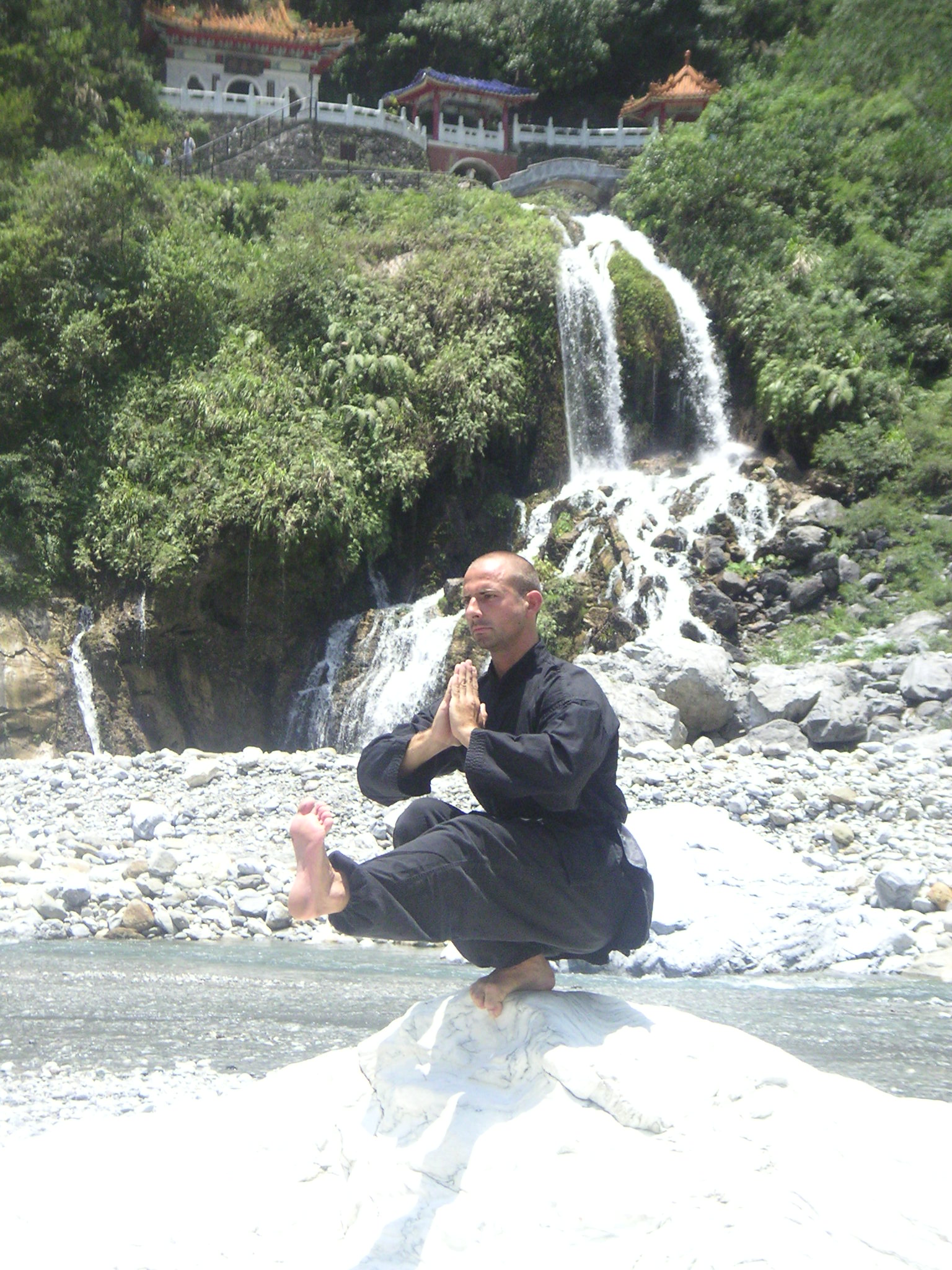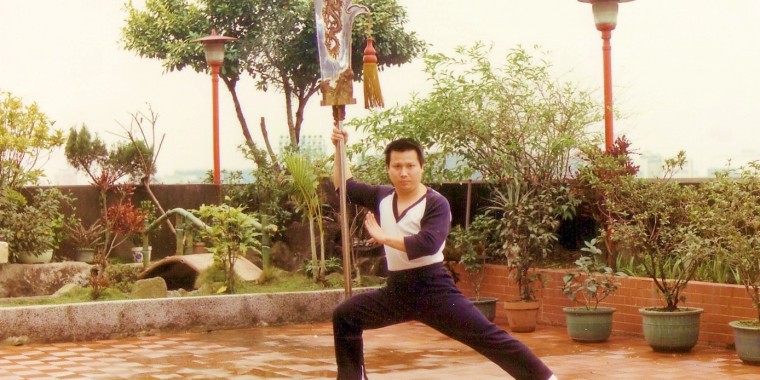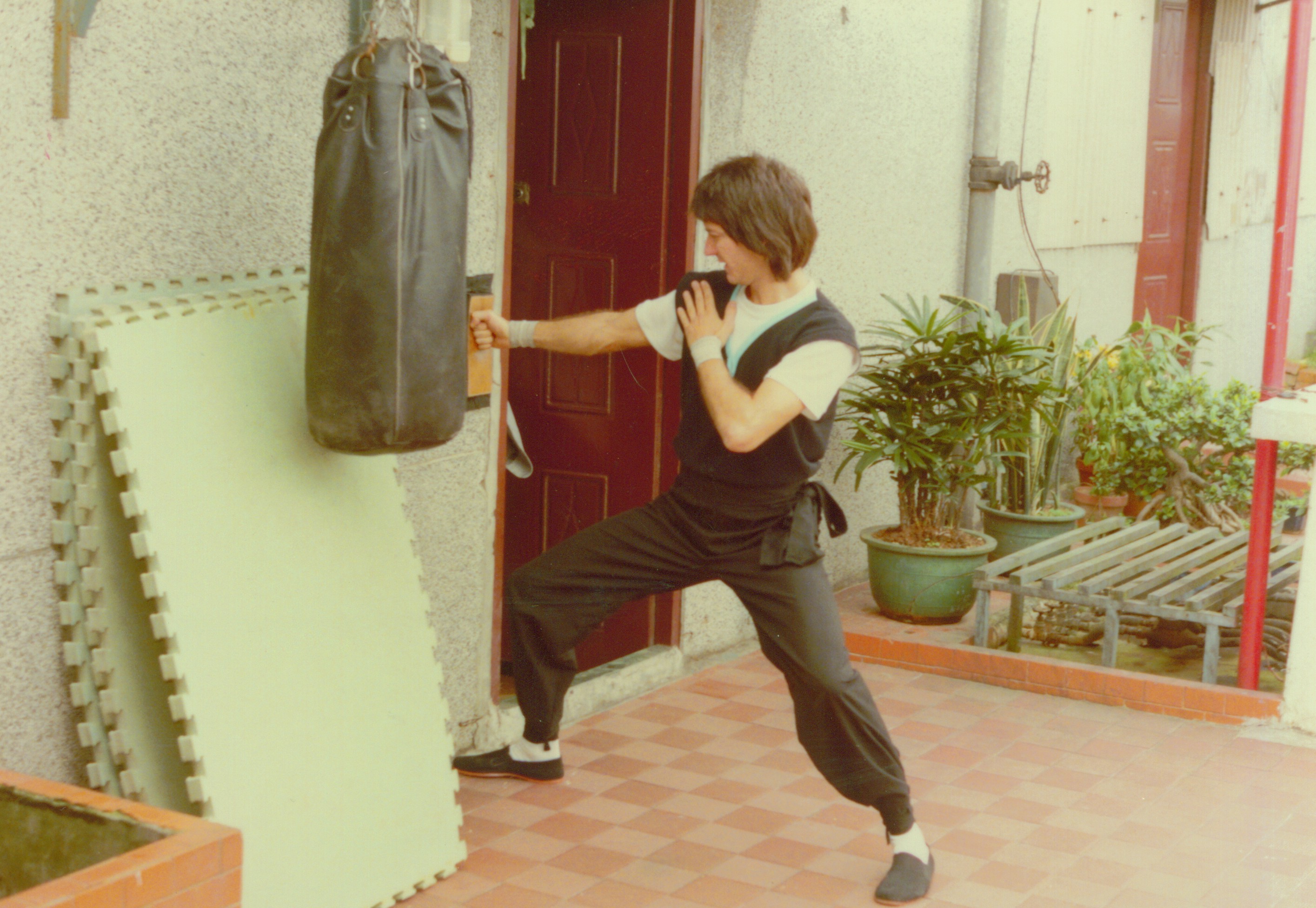The 3 Keys to Real Kung Fu Training
The 3 Keys to Real Kung Fu Training
Evaluating and Fixing Your Martial Arts Training Routine
Chinese Kung Fu is an engaging, challenging and demanding fighting style first documented over two thousand years ago. In order to gain proficiency in Chinese kung fu one must develop increased SPEED, POWER, TECHNIQUE (known as the three essential skills) as well as flexibility, balance, agility and stamina in addition to the mental characteristics of patience, perseverance and a strong will.
 In the past kung fu was primarily used for fighting and defensive purposes but in modern times the practical application and usage can be diminished while the health and fitness side is emphasized. In order to increase the richness and benefits of your kung fu training you should try to include all the essential training aspects and keep in mind that every movement is rooted in an effective offensive or defensive fighting technique. You can achieve a balanced training routine by designing your practice to include skill development (technique), conditioning (speed and power) and internal training.
In the past kung fu was primarily used for fighting and defensive purposes but in modern times the practical application and usage can be diminished while the health and fitness side is emphasized. In order to increase the richness and benefits of your kung fu training you should try to include all the essential training aspects and keep in mind that every movement is rooted in an effective offensive or defensive fighting technique. You can achieve a balanced training routine by designing your practice to include skill development (technique), conditioning (speed and power) and internal training.
Skill development includes all the unique training methods for the particular kung fu style you are practicing. For example: empty hand and weapon routines, qinNa “joint-lock”, shaui chiao “takedowns”, fighting forms, partner practice such as “qiao shou” bridge hands, “tui shou” push hands, “pan shou” coiling hands and the like. Also included in the skill development part of your training are the fundamentals such as stance training, “tui fa” kicking techniques and “shou fa” hand striking methods which may be practiced in the air, on the heavy bag or with a partner.
The second aspect and traditionally the most important yet often neglected part of the training routine is conditioning. This includes strength training, flexibility, speed development and stamina building. Strength and power training can be achieved through targeted drills such as holding weights in the hands while punching and striking, performing isometric and dynamic strength drills with a partner or with the addition of weight training.
Flexibility is equally important in being able to properly execute techniques as well as in avoiding injuries. Flexibility can be increased through a dedicated effective stretching regimen or with the addition of Yoga practice. Flexibility and strength development must be balanced. Flexibility can be easily measured and if sufficient improvement is not achieved then the training program should be adjusted.
The third crucial aspect of training is speed development. Speed can be increased through timed and measured basic striking repetition
drills, partner reaction training and candle punching. The goal of this type of training is to increase reaction time and improve the speed of offensive and defensive movements.
Finally endurance and stamina are critical. Excellent ways of increasing your stamina are heavy bag work, sparring, and shuai chiao “Chinese wrestling” with a resisting partner. You may also further improve your kung fu training program with the addition of running or swimming.
Internal training is often considered the crown jewel of Chinese martial arts for its profound depth and universal benefits. Tai Chi Chuan (taijiquan ) is the most widely practiced martial art in the world due to its positive effect on health and wellbeing. Internal training includes seated meditation and breathing techniques, standing Chi Kung (qigong) as well as moving Chi Kung forms such as Tai Chi. Chi Kung has been shown to reduce stress, improve the immune system, reduce feelings of depression and increase mental clarity and focus.
A great way to improve the quality of your training is to record the contents of your practice routine and make adjustments for any deficiencies.




